The Erotic Object: Man Ray, Marquis de Sade, Surrealism & Bondage
As Beautiful as The Random Encounter Between an Umbrella and a Sewing Machine Upon a Dissecting Table
One of my favorite artists of all time is Man Ray. If you’re not familiar with Man Ray’s work, he is an artist who worked with multiple mediums, from photography to sculpture to painting, & is a quintessential artist of both Dada & Surrealism, even though he never formally associated or identified himself with any art movement.
I’m currently reading Man Ray: American Artist by Neil Baldwin. The book largely covers the Surrealism movement in Paris, which emerged from the aftermath of World War I & continued to thrive in Europe until World War II. Surrealism grew out of the earlier Dada movement, which was formed in Zürich, Switzerland during World War I in opposition to nationalism & the horrors of war. The Dada movement focused on “anti-art” - art, poetry, collage, sculpture, painting, & performance that were satirical & nonsensical in nature. Dada was heavily influenced by other avant-garde movements such as Cubism, Futurism, Constructivism, & Expressionism & was largely defined by it’s mockery of materialistic & nationalistic attitudes. Central concepts of Dadaism were a lack of respect for bourgeois convention, government authority, conventional production methods, & the artistic canon. Artists that emerged within this movement were Marcel Duchamp, Hannah Höch, Man Ray, Francis Picabia, André Breton, Hans Arp, Tristan Tzara, Hans Bellmer, Baroness Elsa von Freytag-Loringhoven, Max Ernst, Hugo Ball, & many others.
The sculptural concept of a “ready-made” or “assemblage”, emerged from the Dada movement. The concept was to combine objects that already existed, render them purposeless, & commandeer them as art. For example, with Duchamp’s “Bicycle Wheel”, the artist combined two existing objects, rendering both objects nonfunctional - neither the stool nor the wheel can be used as intended. These assemblages were common throughout the Dada movement. The most famous ready-made would probably be Duchamp’s “The Fountain”
One of Man Ray’s Dada assemblages include, “L'Enigme d'Isidore Ducasse (The Enigma of Isidore Ducasse)”, which consisted of a sewing machine wrapped in a blanket & tied with a string. The piece was inspired by the French writer, Isidore Ducasse, also known as Comte de Lautréamont. Ducasse’s novel Les Chants de Maldoror (The Songs of Maldoror) was a poetic novel or long prose poem written & published between 1868 & 1869. The work concerns the misanthropic & misotheistic character of Maldoror, a figure of evil who has renounced conventional morality. Although the work was considered obscure during the time of it’s initial publication, it was rediscovered & championed by the Surrealists. The novel is transgressive, violent, & brutally erotic. The work inspired many Surrealist artists such as Louis Aragon, André Breton, Salvador Dalí, Man Ray, René Magritte, André Masson, Yves Tanguy, & Philippe Soupault. It was in Les Chants de Maldoror that André Breton discovered the phrase that would come to represent the Surrealist doctrine of objective chance: “as beautiful as the random encounter between an umbrella and a sewing-machine upon a dissecting-table.” Man Ray’s “The Enigma of Isidore Ducasse” was inspired by the same phrase. Ray was attracted to the sexual symbolism behind the phrase - the umbrella was the phallus, the sewing machine was the woman, & the dissecting-table was the bed. Ray’s assemblage covers the interaction of objects with a blanket & string, eliciting mystery about what could be underneath.
The term “Surrealism” was first used by the poet Apollinaire in 1917. The word was very closely associated with a dream state, where reality & fantasy combine. Emerging from Dada, poet André Breton began to spearhead the movement of Surrealism, stating, “We mean to designate a certain psychic automatism that corresponds rather closely to the state of dreaming”. In October of 1924, Breton published The Surrealist Manifesto, which provided the movement’s formal & refined definition. To Breton, surrealism was a means of reuniting conscious & unconscious realms of experience so completely that the world of dream & fantasy would be joined to the everyday rational world in “an absolute reality, a surreality.” Poets in the Surrealist movement included André Breton, Louis Aragon, Paul Éluard, Robert Desnos, Philippe Soupault, & Benjamin Péret. Visual artists included Man Ray, Francis Picabia, Giorgio de Chirico, André Masson, Yves Tanguy, Max Ernst, & Salvador Dalí. In film, there was Luis Buñuel, & in theater, Antonin Artaud. The surrealists were heavily influenced by the work of Sigmund Freud, Marquis de Sade, Gérard de Nerval, Charles Baudelaire, Stéphane Mallarmé, Arthur Rimbaud, & Apollinaire.
Neil Baldwin writes in Man Ray: American Artist, “Surrealism had arisen, phoenix-like, out of Dada’s ashes & was dedicated to the overthrow of authority.” During the Surrealist movement, Man Ray’s medium of choice became the camera. In 1921, Ray moved from New York to Paris & opened a photography studio in order to support himself. Ray worked for Harper’s Bazaar & took many portraits of prominent figures of the Parisian art scene. However, Ray continued to experiment with more artistic photography on his own time. In 1922, he made his first rayographs - photographs made without a camera, by moving objects around a sheet of photosensitive paper & exposing them to light. In his rayographs, Ray created surreal combinations of objects, emphasizing the abstraction of images. These experiments with photography led him to the Surrealist movement.
Man Ray had always been interested in sadomasochism, & many of his works throughout his artistic career elicit a symbolic eroticism. In his autobiography, Ray writes about childhood experiences of corporal punishment, “I received a thrashing, which I almost enjoyed. Was I a budding sadist or masochist?” Ray’s autobiography includes other conflations of sex & violence throughout his life. He drew a strong connection between artistic power & masculine power - specifically power over women. This behavior manifested itself in several of his romantic relationships. However, Man Ray never seemed to gain the dominance over women that he desired. Additionally, several of his partners ended up leaving him for other men, which humiliated Ray. Janine Mileaf writes in her book, Please Touch: Dada & Surrealist Objects after the Readymade, that much like Severin at the end of Venus in Furs, Man Ray chose to be a sadist because he failed as a masochist.
Man Ray was highly influenced & interested in Marquis de Sade. In Man Ray: American Artist, Neil Baldwin emphasizes Sade’s influence on Surrealism as a whole,
One of the heroes of the Surrealists, Sade was the rebel & revolutionary, the atheist, the apostle of love. He was the exponent of defiant individualism, the outcast who said & did was he thought, with little care for the opinion of others. He could be cruel or he could be kind in the gratification of his desires, but those desires invariably came first. He believed in the sovereignty of pleasure, & he was omnivorous in fulfilling his needs. “You will know nothing if you do not know everything” he wrote in The 120 Days of Sodom, one of Man Ray’s favorite books. “If you are timid enough to stop with nature, nature will escape you forever.”
Throughout his life & artistic career, Man Ray became increasingly interested in Sade’s concept of “the primitive” - seeking truth through extreme mental & physical states.
In 1929, Ray began a relationship with artist & model Lee Miller.
Together they experimented with the photographic technique of solarization - where light is briefly exposed during the development of the photograph, leading to a silver coating effect on the image.
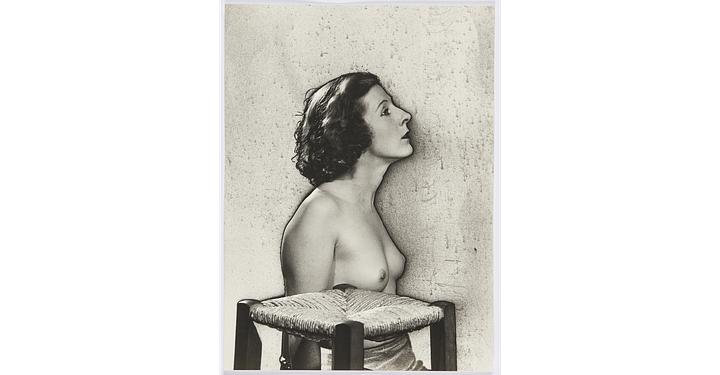
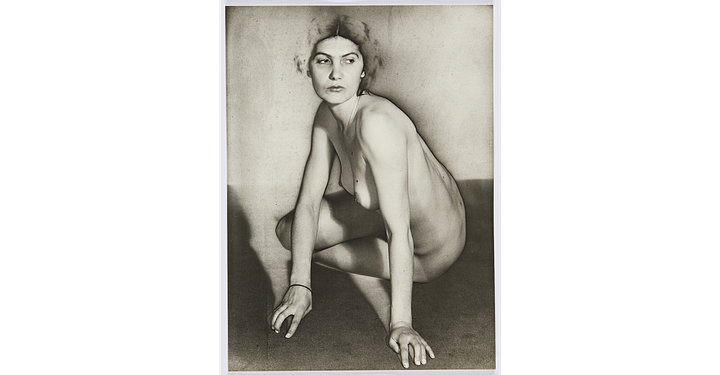
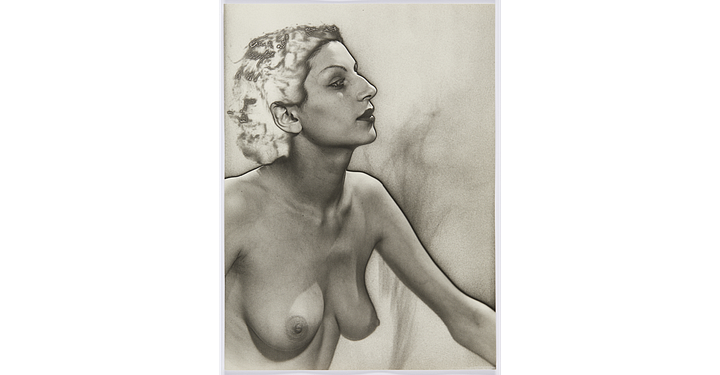
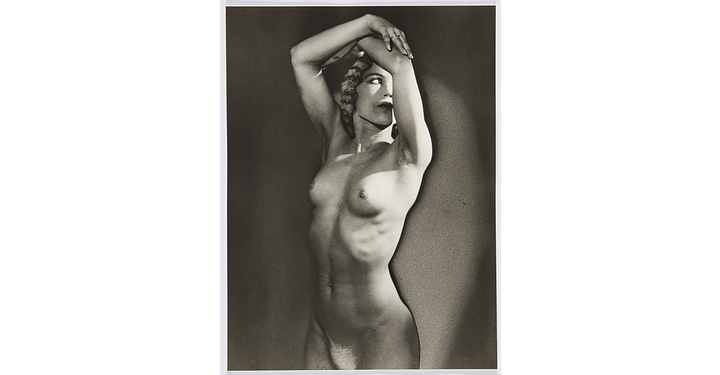
Man Ray & Lee Miller’s artistic & romantic relationship led them to experiment with more transgressive & erotic photographs, often publishing the works in Surrealist journals. In 1930, Man Ray published Hommage à D.A.F. de Sade in Surrealist journal Le Surréalisme au service de la Révolution - a photomontage showing the beheaded, blindfolded head of a woman resting under a glass bell on top of a piece of furniture. Lee Miller reinterpreted that iconography the same year with Head (Tanja Ramn) in Bell Jar.
Some of the best sadomasochistic photographs by Man Ray were in collaboration with William Seabrook. Seabrook was an adventurer, occultist, journalist, & writer, while his partner Marjorie Worthington was a novelist. Seabrook’s interest in bondage was well known - he would sometimes invite guests to his home & have a hired woman appear in bondage during cocktails. During some of their visits to Paris in 1929 & 1930, Seabrook & Worthington commissioned Man Ray & Lee Miller to photograph three series of photosets centered around sadomasochist fantasies & fetishism. One set showed Seabrook mimicking S/M interactions with Lee Miller, another set visualized Seabrook’s fetishistic fantasies, & the third set consisted of portraits of Marjorie Worthington wearing a collar especially designed by Man Ray. The photographs were indicative of motifs of bondage & submission in Man Ray’s previous works & connected to his growing fascination with Marquis de Sade.
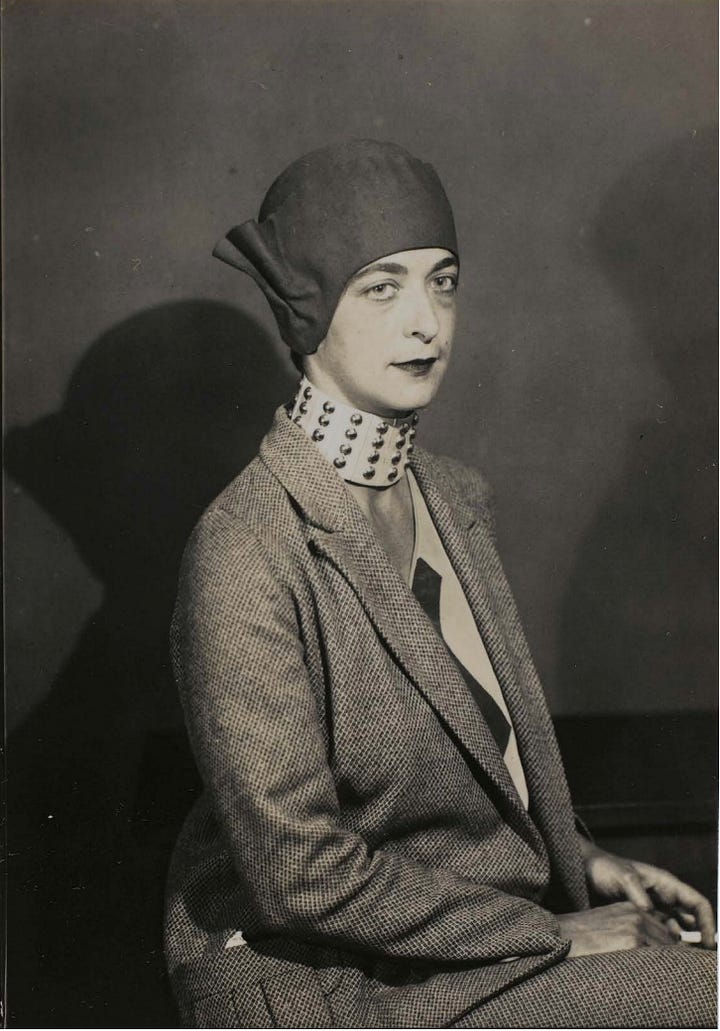
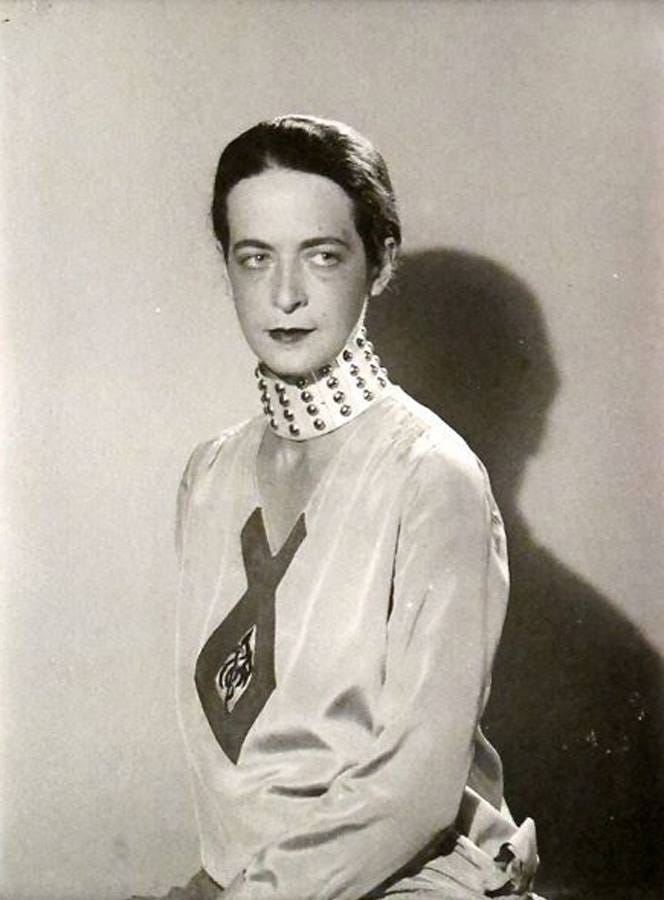
Lee Miller left Man Ray in 1932 & he subsequently fell into a deep depression.
A famous piece that he made during the breakup was Object to be Destroyed, which was a metronome with a picture of one of Lee Miller’s eyes ticking back and forth. There were instructions associated with the piece:
Cut out the eye from a photograph of one who has been loved but is seen no more. Attach the eye to the pendulum of a metronome & regulate the weight to suit the tempo desired. Keep going to the limit of endurance. With a hammer well-aimed, try to destroy the whole at a single blow.
Man Ray: American Artist doesn’t necessarily revolve around Man Ray’s interest in Marquis de Sade or sadomasochism - it is a full biography of the artist. However, reading the book has led me down several rabbit holes of Ray’s erotic works & collaborations. I haven’t completed the biography yet, so I will end here with the separation of Lee Miller & Man Ray. Below are more works by Man Ray made after 1932 & a reading list inspired by this article & surrealism in general.
Eroticism in Surrealism Reading List:
The 120 Days of Sodom, Marquis de Sade
Les Chants de Maldoror, Comte de Lautréamont
Story of the Eye, Georges Bataille
Nadja, André Breton
L’amour Fou: Photography & Surrealism, Rosalind E. Krauss
Please Touch: Dada & Surrealist Objects after the Readymade, Janine Mileaf
Sources:
Man Ray: American Artist by Neil Baldwin
https://www.theartstory.org/movement/dada/
https://www.britannica.com/biography/Andre-Breton
https://poets.org/glossary/surrealism
https://www.goodreads.com/book/show/9719801-the-songs-of-maldoror
https://magazine.artland.com/the-visionary-photographs-of-man-ray/
https://history1857.rssing.com/chan-7439993/article11.html
https://whatever.cirque.unipi.it/index.php/journal/article/view/167





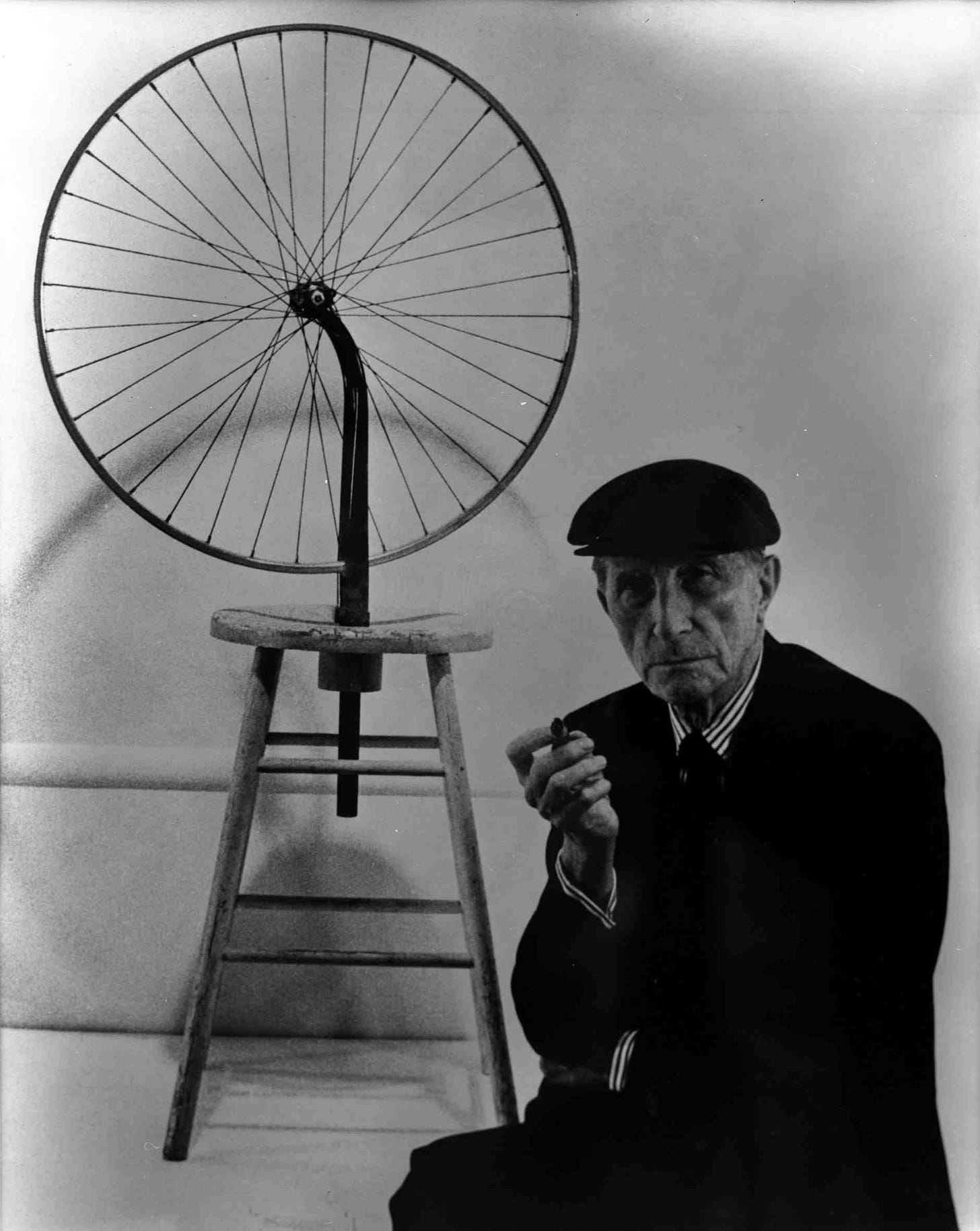
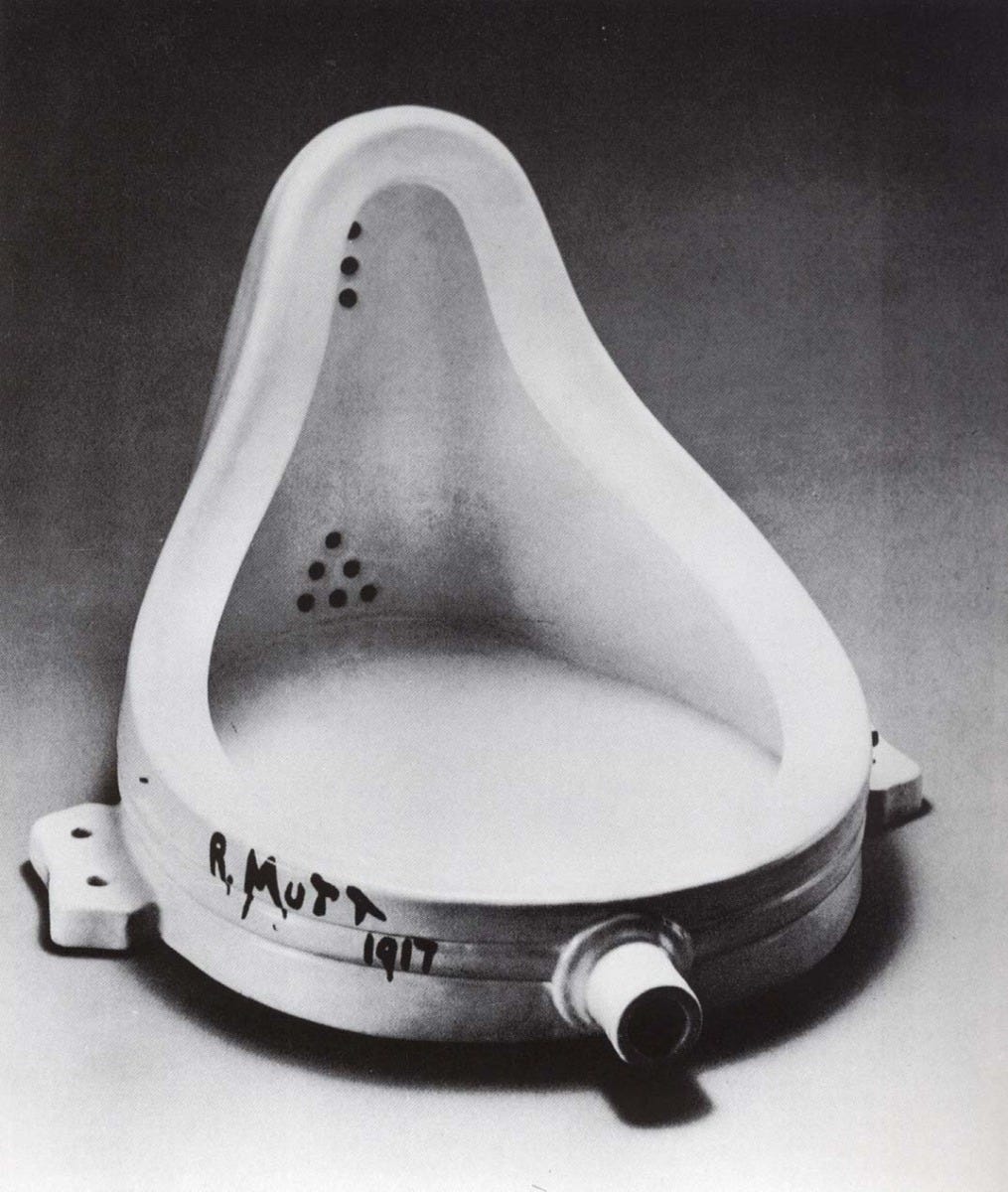
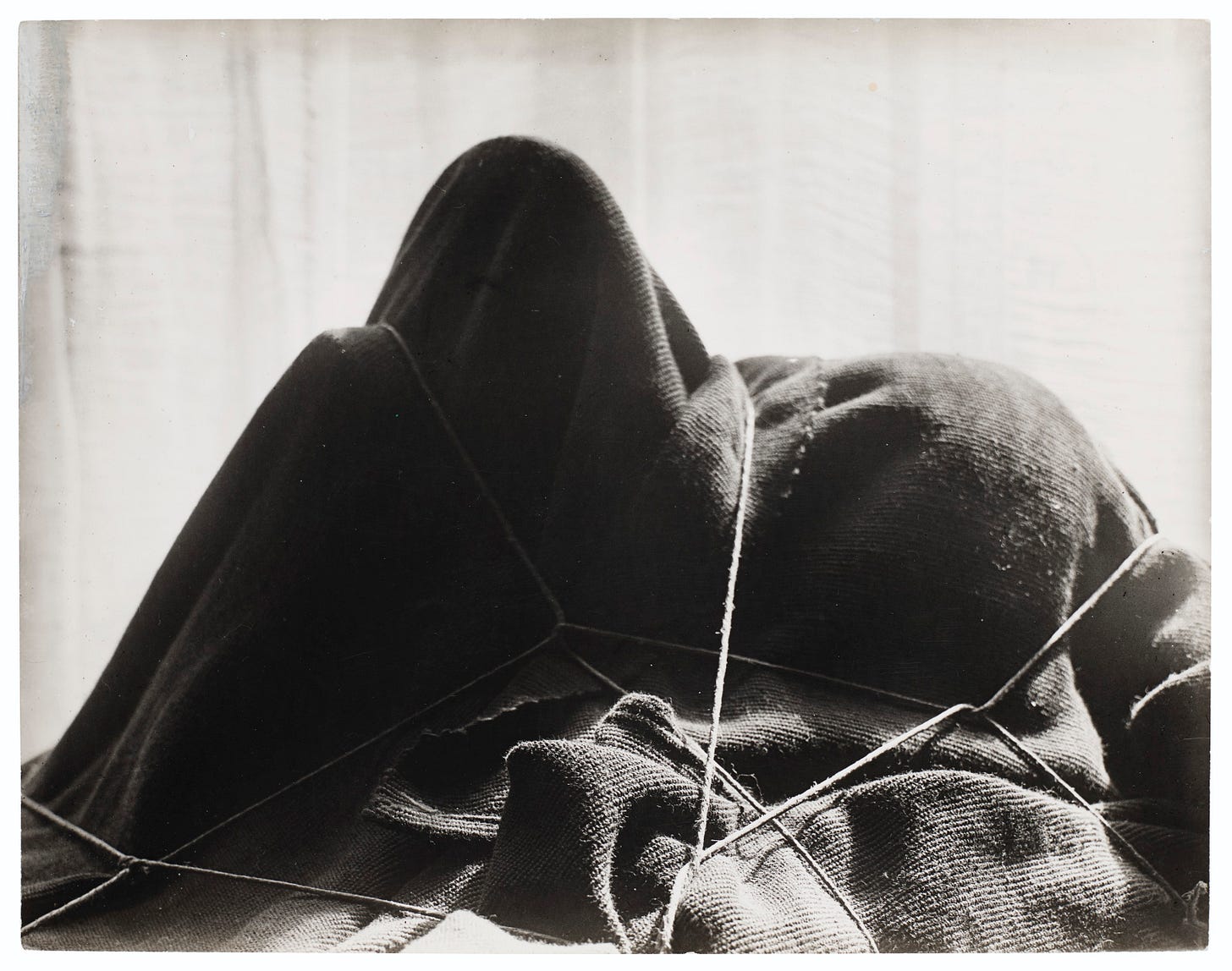
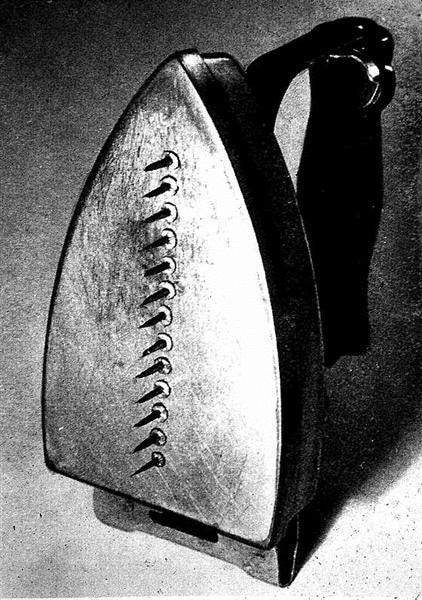
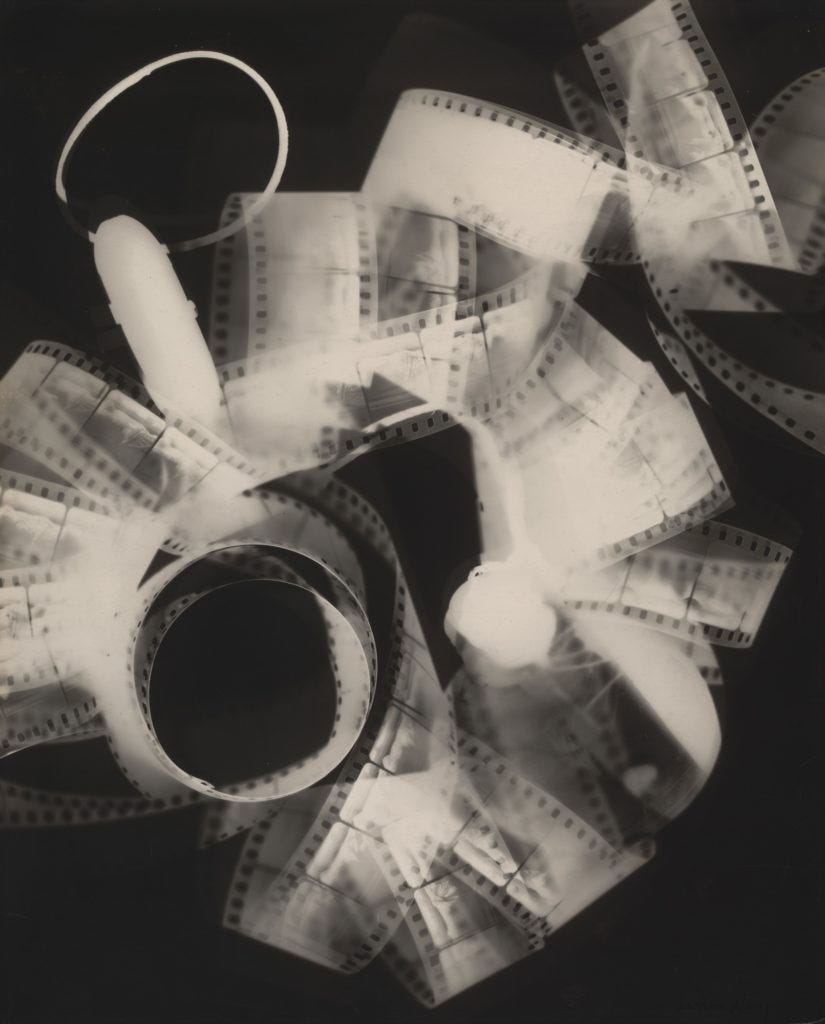
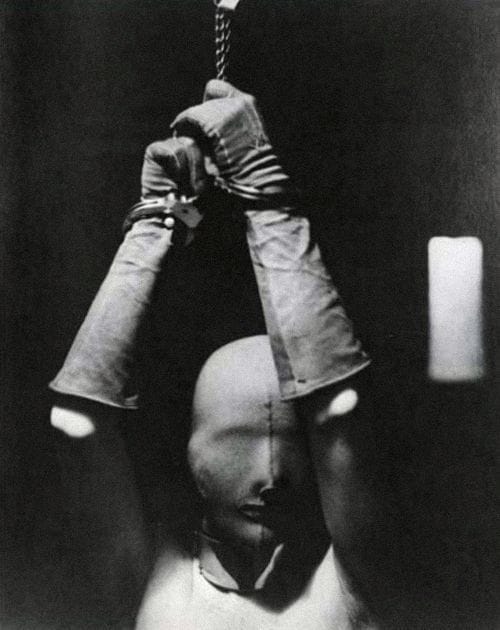
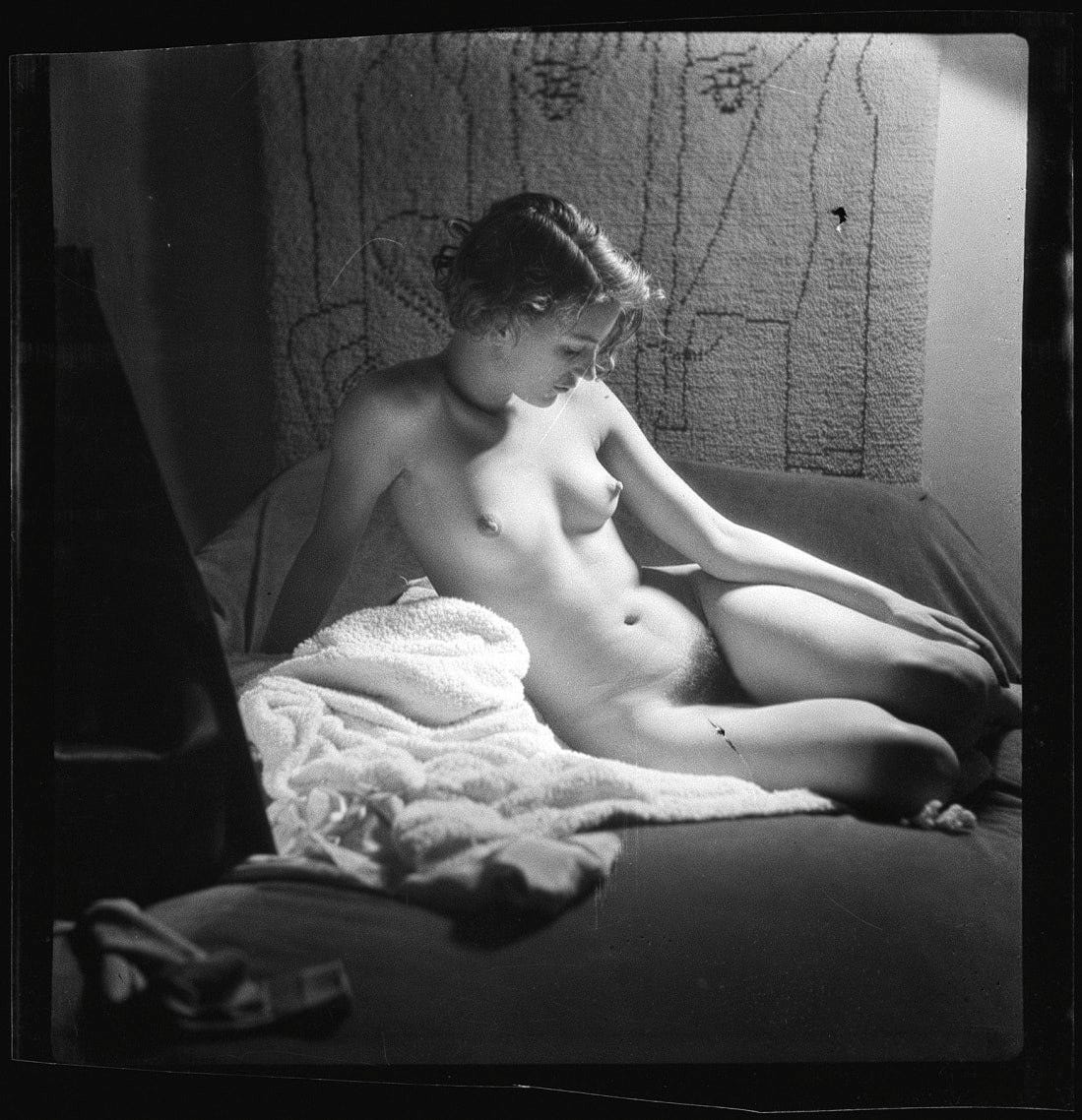
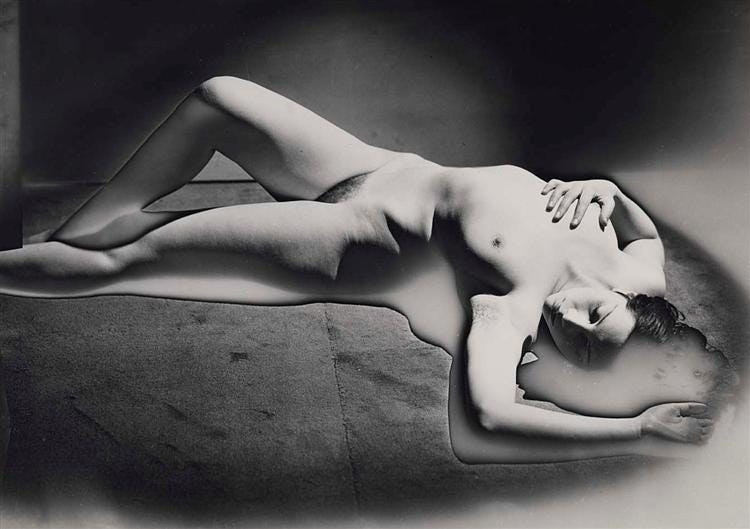
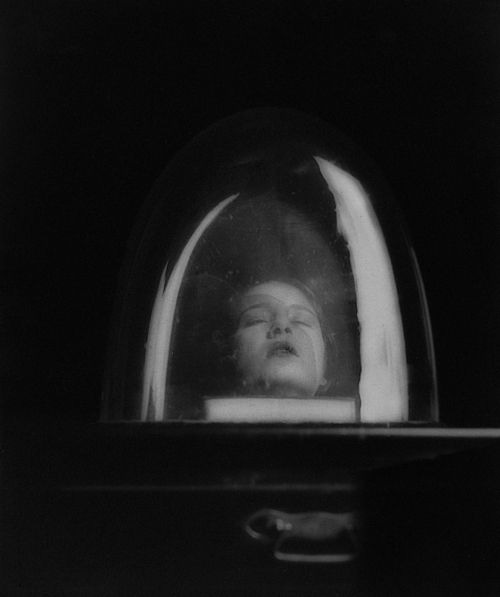
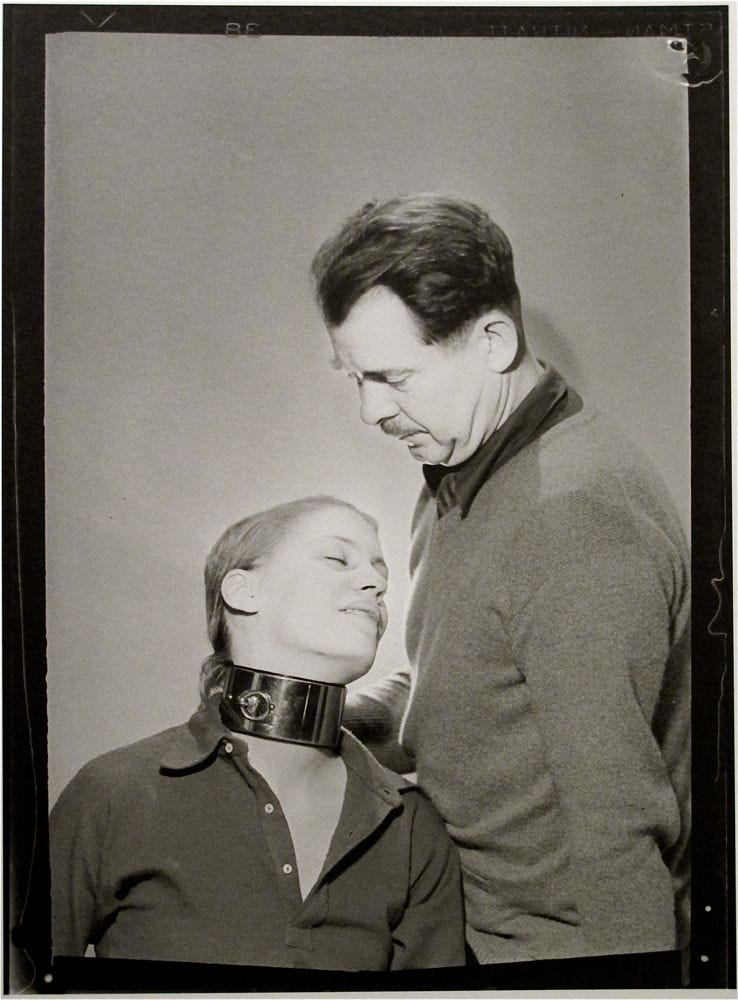
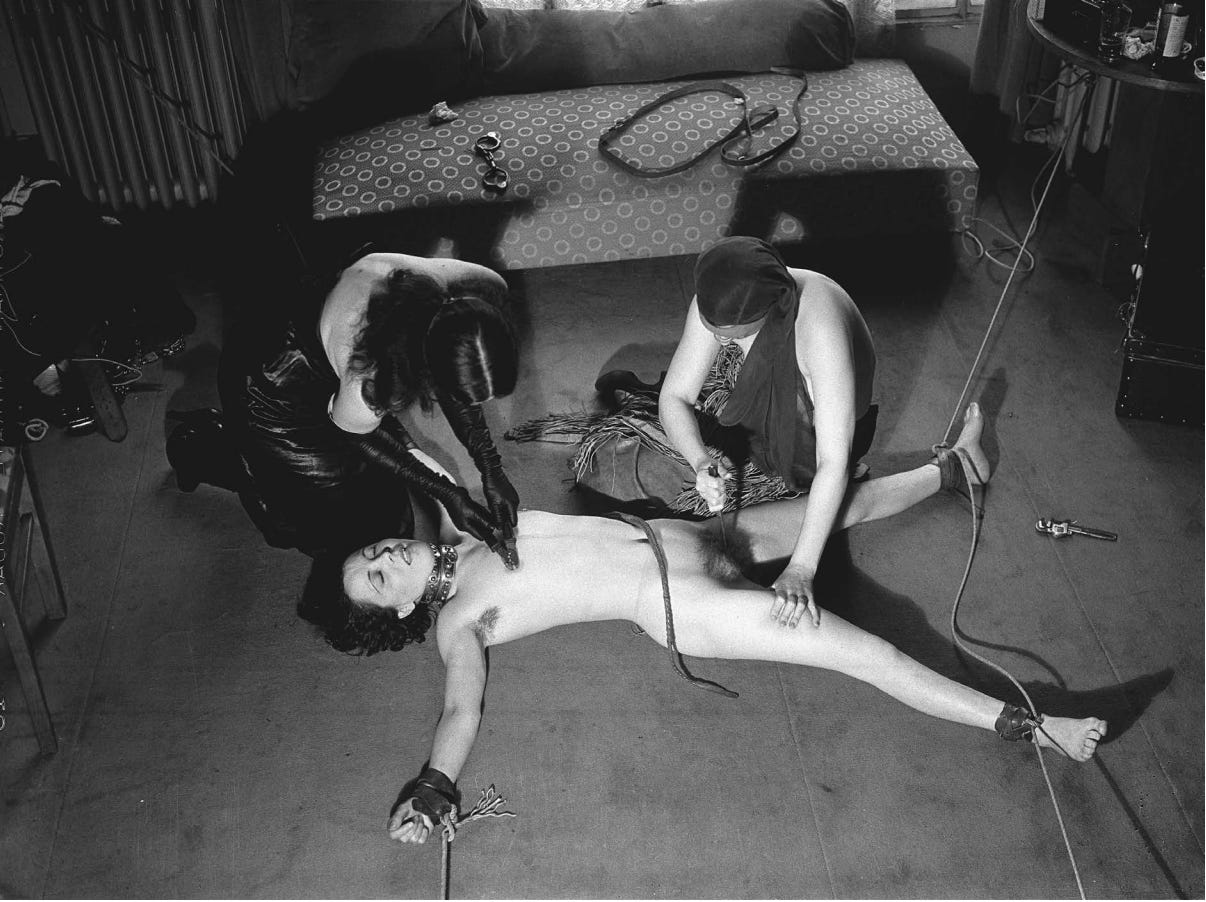
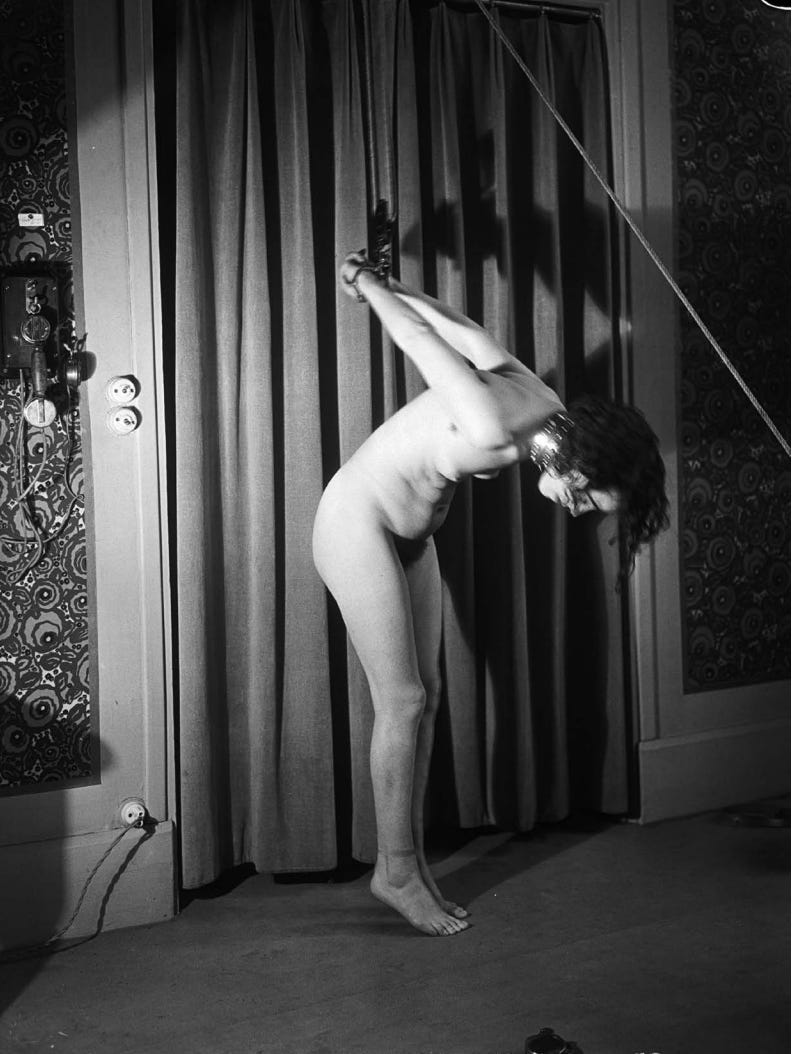
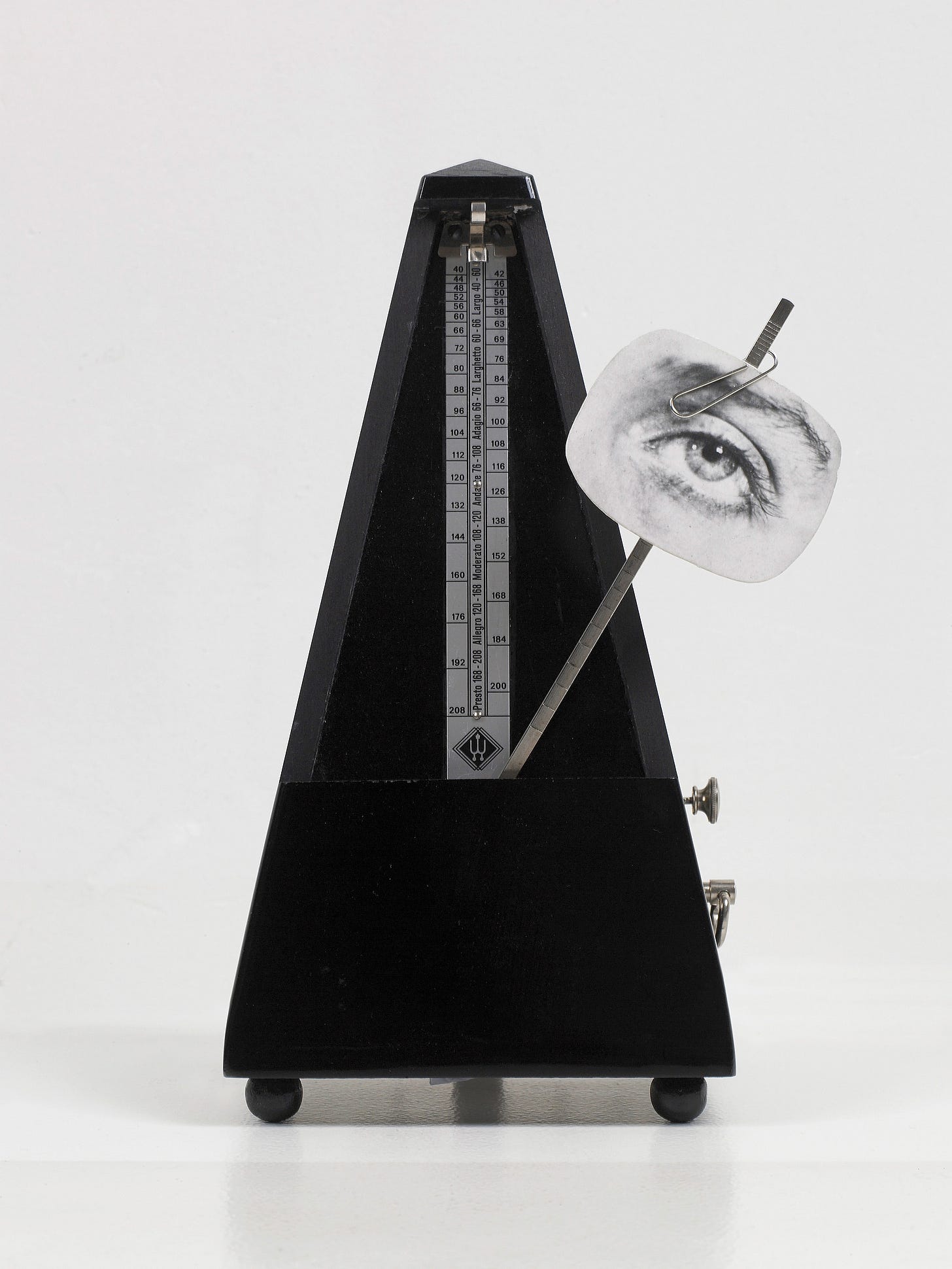
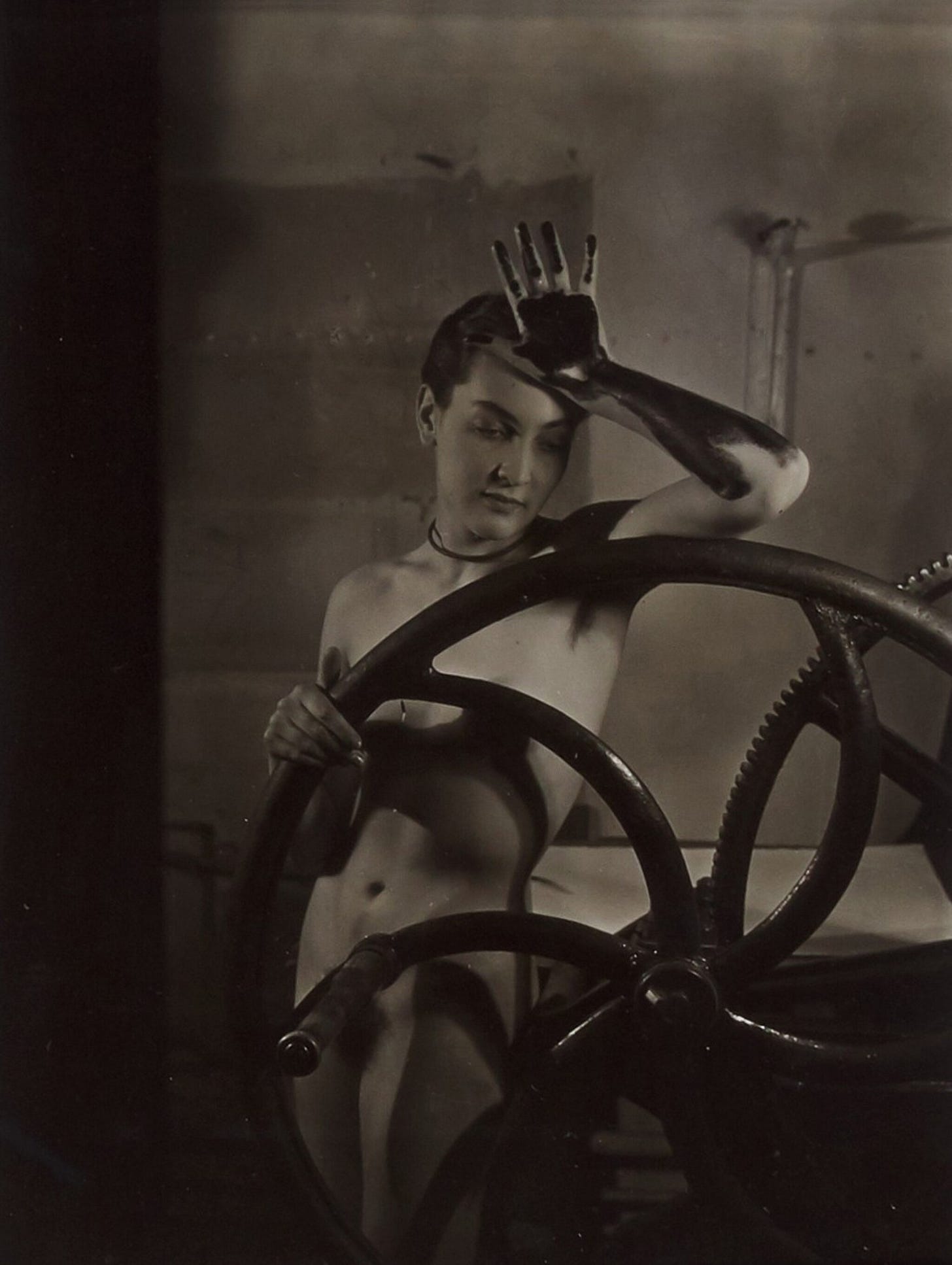
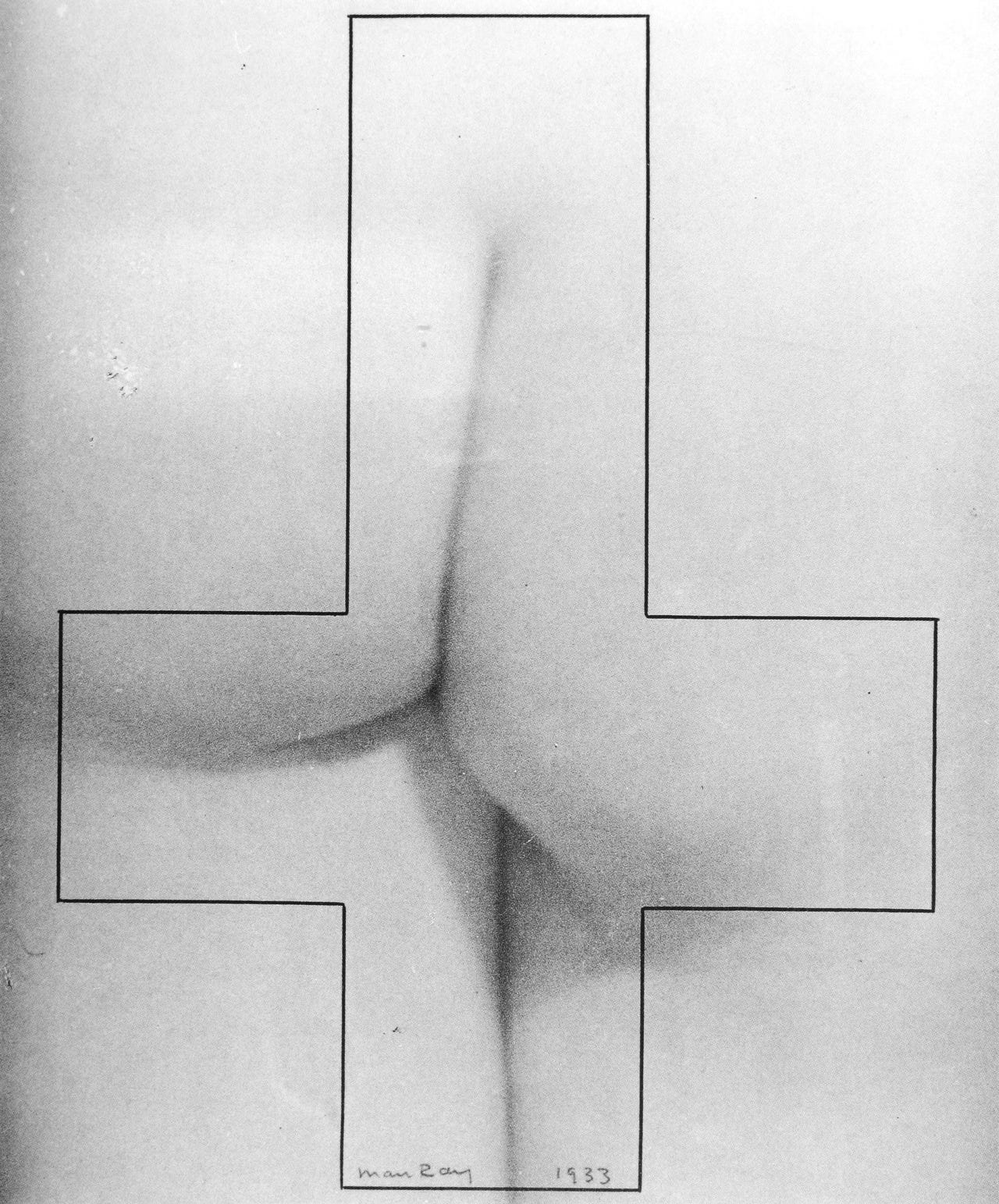
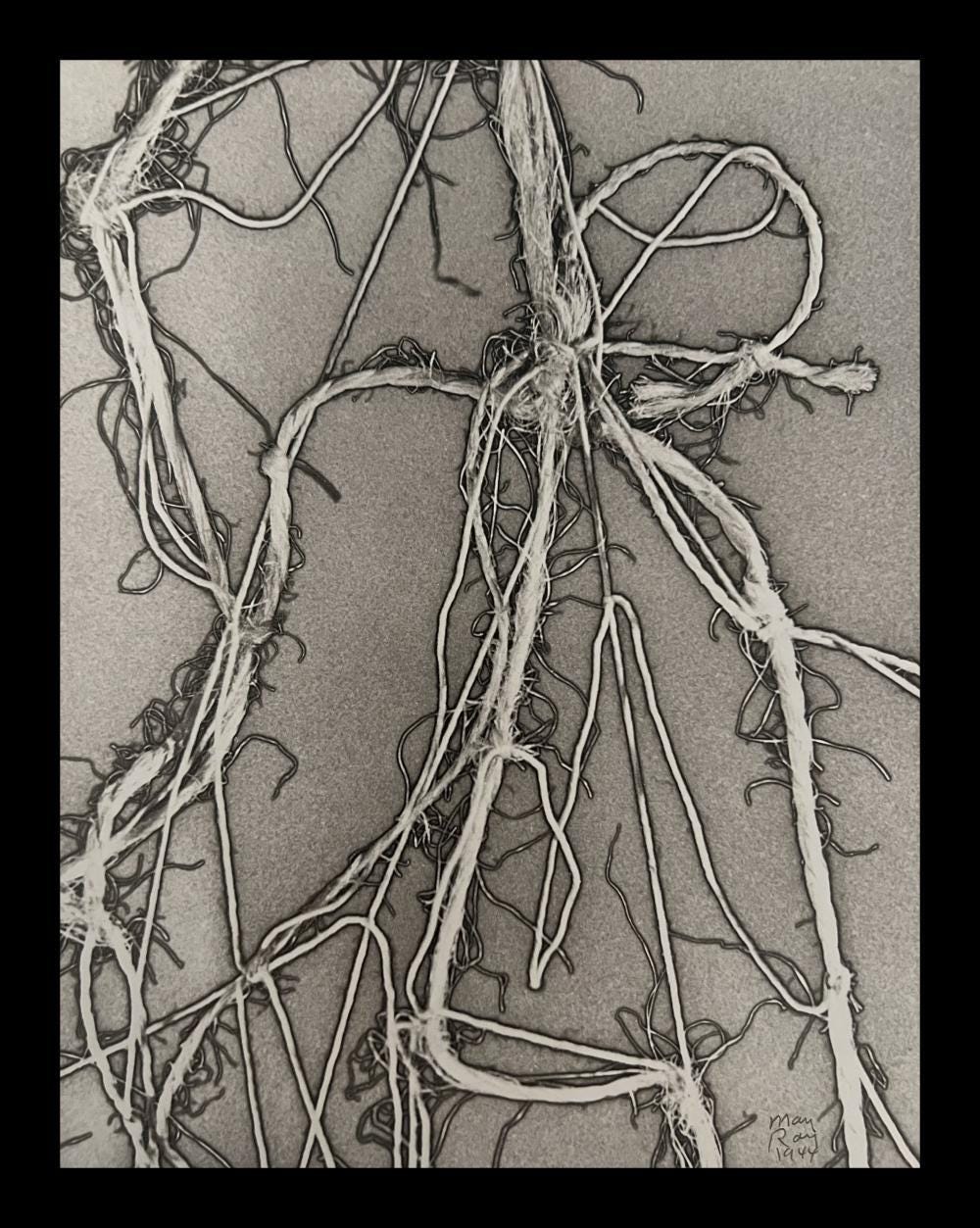
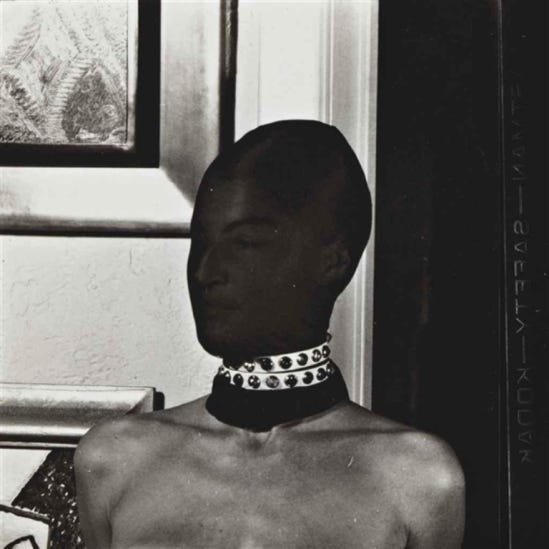
there’s a great discover of these artist as Kate Winslet movie is going to celebrate the great figure of Lee Miller. Inmyself remember the power dadaism and surrealism had in the 70ies on the hippy movement and antiwar politics. Maybe time is ripe to reintroduce this kind of reaction to the horrible current genocidal attitude of human beings. Just not to feel lost.
Fascinating